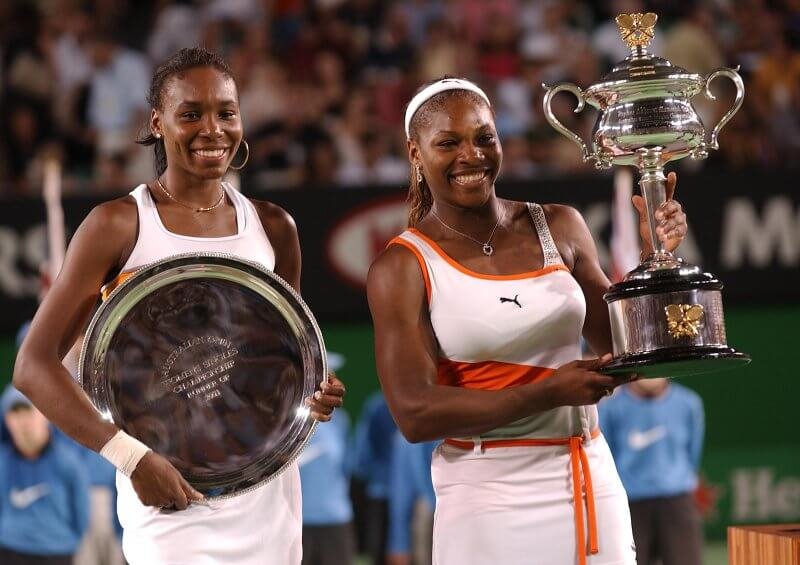While Venus has enjoyed a magnificent career, winning seven Grand Slam singles titles, Serena has won 23 Grand Slams and is widely acclaimed as the best female tennis player (maybe the best tennis player of any gender) of all time. What was true of the Williams sisters — that the younger one went on to be the better athlete — is also true across sports generally. This is the “little sibling effect,” one of the most intriguing findings in sports science: Younger siblings have a significantly higher chance of becoming elite athletes, as University of Utah professor Mark Williams and I explore in our new book, “The Best: How Elite Athletes Are Made.”
As well as honing psychological skills, playing with an older sibling can also accelerate the development of physical skills. The theory is that athletes learn more when they are challenged and fail; the difficulties of these situations can provide feedback that enables athletes to adapt and develop their skills. While older siblings can generally rely on being bigger and stronger to win, younger siblings “playing up” to their older siblings’ level need to develop creativity, decision-making skills and tactical intelligence to keep up — ultimately benefiting them on the field even when they are no longer at a physical disadvantage.































